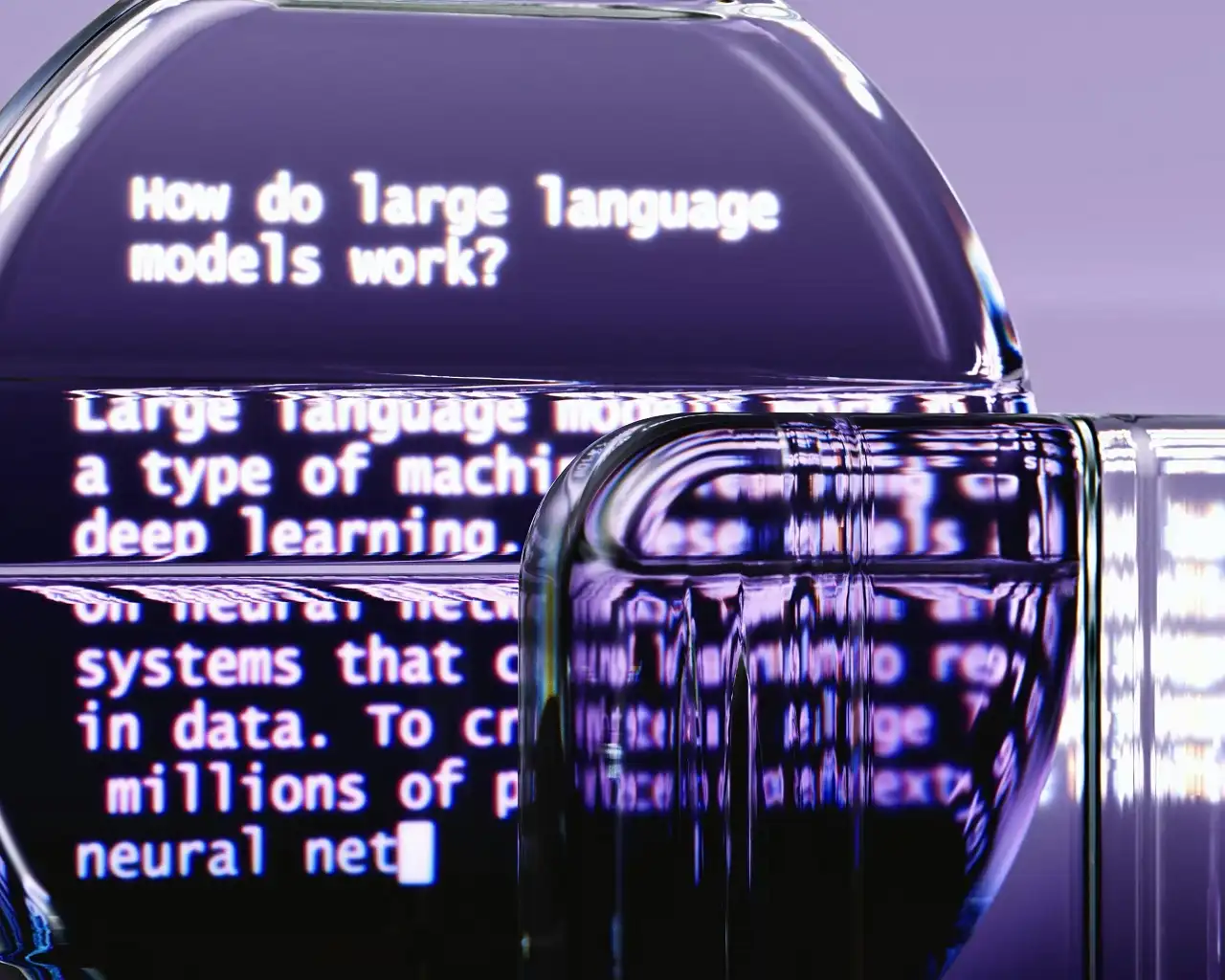Digital Transformation
Impacts on contact centers

How AI is revolutionizing customer interactions
A study conducted by Forbes in July 2022 revealed that 83% of customers believe exceptional customer service can transform casual shoppers into loyal customers. A March 2023 Forrester report reveals that customer-focused companies are experiencing a market share surge, doubling that of their less customer-centric counterparts.
There's strong evidence of a positive correlation between customer satisfaction and employee satisfaction, as highlighted in Deloitte's 'Customer Service Excellence 2022' study.
In light of these considerations, it's clear that an organization must prioritize strategies that focus not only on the Customer Experience but also, and above all, on the Employee Experience.
Until recently, the primary goal of using ChatBOT and VoiceBOT was to boost efficiency, sometimes at the expense of the customers' perceived service quality. However, the machine learning techniques employed were often misaligned with operational procedures, leading to inconsistencies in the information provided during escalation to agents.
Nowadays, AI-powered systems leverage on Natural Language Processing and Large Language Model algorithms, so they are significantly more effective when interacting to humans or organizing read information. Nowadays AI support as well 'Copilot' systems, that can support agents during customer interactions. Nevertheless, the ability to provide accurate responses heavily relies on the quality of the Knowledge Base used for training.
By utilizing a unified Knowledge Base to support ChatBOT, VoiceBOT, Copilot, and operators, consistent information can be mantained at every stage of the contact, thereby enhancing perceived quality and accelerating resolution times.
To deliver a service that meets customer expectations, it's crucial to have a solution capable to orchestrate interactions not only across different media but also between agents, bots or other legacy applications.
